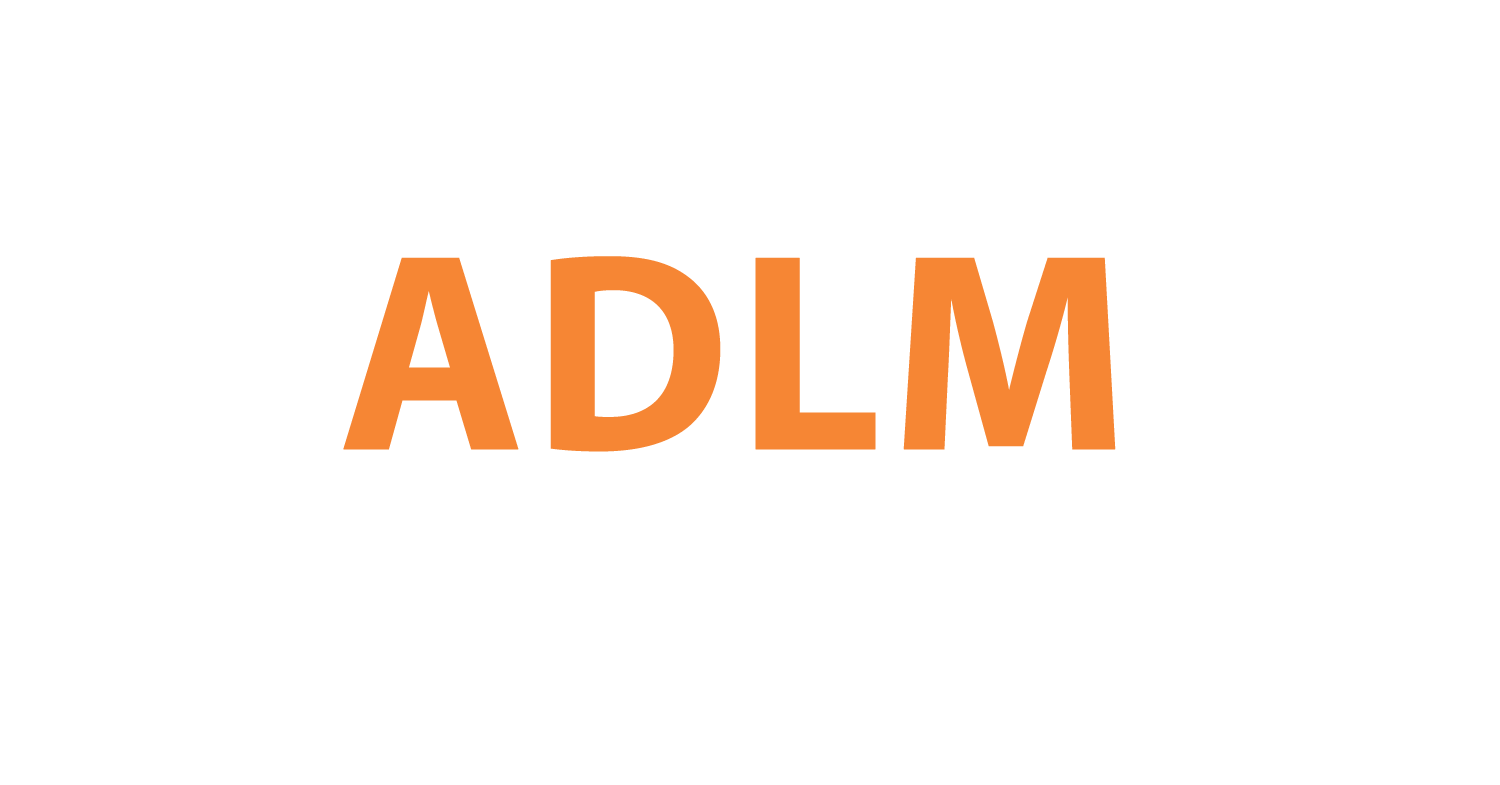Rapid Detection of Group B Strep at Delivery Using Liquid Swabs?

A major limitation of current guidelines is that 60-80% of early-onset Group B Streptococcus (GBS) infections occur in infants born to mothers who tested negative for GBS during routine antenatal screening at 35-37 weeks' gestation. Researchers hypothesized that screening for GBS at the time of delivery rather than several weeks prior could improve prevention of these infections.
How do liquid swabs facilitate direct GBS testing?
Cotton swabs used for traditional culture methods have limited ability to pick up cellular and bacterial material from the vagina and rectum. Newer swab designs made of cellular foam or nylon flocked fibers have been shown to release significantly more organisms into the liquid transport medium. Studies demonstrate improved recovery of bacteria like Staphylococcus aureus compared to rayon swabs, especially with low bacterial loads.
Leveraging an automated molecular platform
A team led by J.A. Ellem at Westmead Hospital in Australia evaluated the BD Max GBS assay, which detects the cfb gene encoding a GBS virulence factor. This fully-automated platform integrates sample preparation, DNA extraction, and real-time PCR, with minimal hands-on time of under 2 minutes required for setup.
An extensive clinical evaluation
The researchers tested 304 vaginal-rectal swab specimens collected at the time of delivery using the BD Max GBS assay. They compared performance for direct testing of the liquid swab medium versus the standard workflow of overnight enrichment broth culture followed by the molecular assay. Enrichment culture was considered the reference method.
Promising results for direct detection
For direct detection from the liquid swabs, the BD Max GBS assay demonstrated 98.4% sensitivity and 100% specificity compared to antenatal enrichment culture results. In contrast, their current PCR method (BD GeneOhm StrepB) had only 90.3% sensitivity. While culture takes 24-48 hours, the BD Max provided results in under 80 minutes.
Implications for intrapartum GBS screening
These findings indicate that rapid molecular detection of GBS directly from liquid vaginal-rectal swabs collected at delivery is a viable alternative to the current recommendation of antenatal culture screening at 35-37 weeks' gestation. Bypassing the enrichment step saves substantial time and technical labor.
Cost-benefit consideration
Although molecular testing is more expensive than culture, the investigators noted potential cost savings from reducing unnecessary intrapartum antibiotic prophylaxis and shortened hospital stays. The study suggests the BD Max GBS assay, coupled with user-friendly liquid swabs, could enable affordable rapid screening at the point of care
In this comprehensive clinical evaluation at an Australian hospital, the BD Max GBS platform using liquid swabs demonstrated excellent performance for rapid intrapartum GBS screening to facilitate timely management decisions. While larger research studies are still needed, molecular testing at delivery represents a promising approach to reduce the burden of early-onset GBS disease in newborns more effectively than current antenatal screening protocols.
Mantacc 95000LV Vaginal/Cervical Swab
Mantacc's vaginal foam swabs may play an important role in realizing this prospect. Utilizing advanced foam materials and ergonomic design, these products maximize the release of cellular and bacterial samples from the vagina to provide optimal specimens for molecular diagnostics.

References
Rapid detection of Group B streptococcus directly from vaginal–rectal specimens using liquid swabs and the BD Max GBS assay










